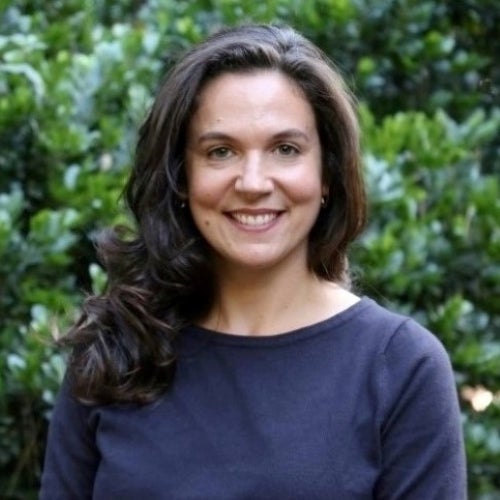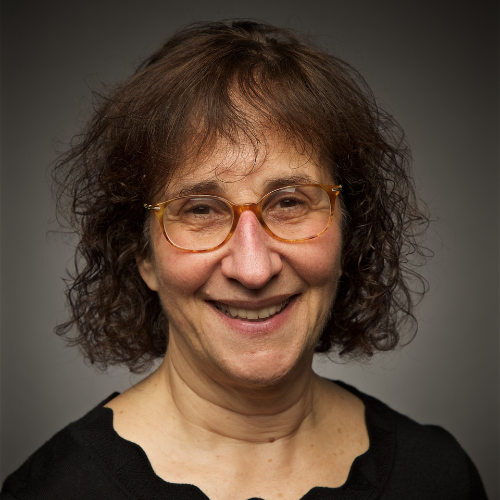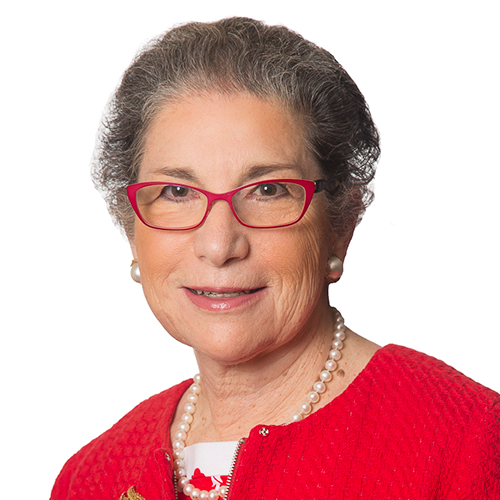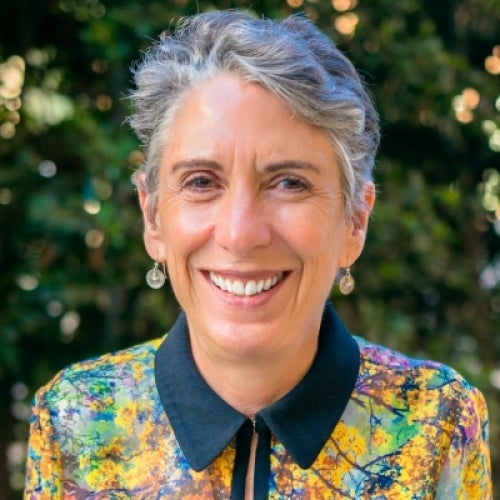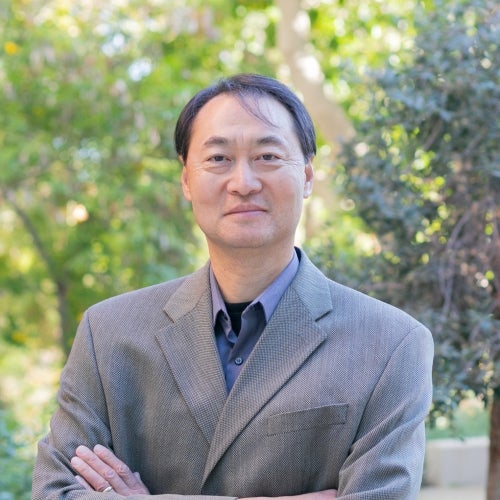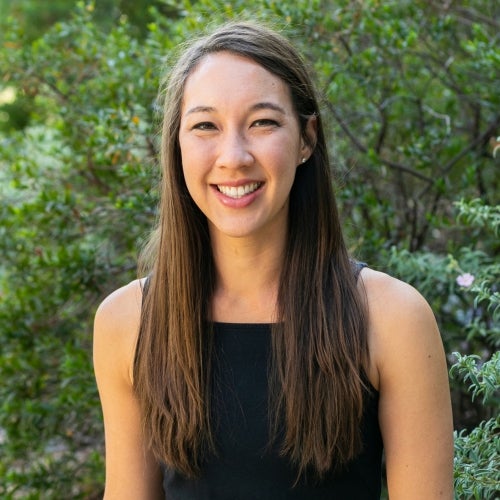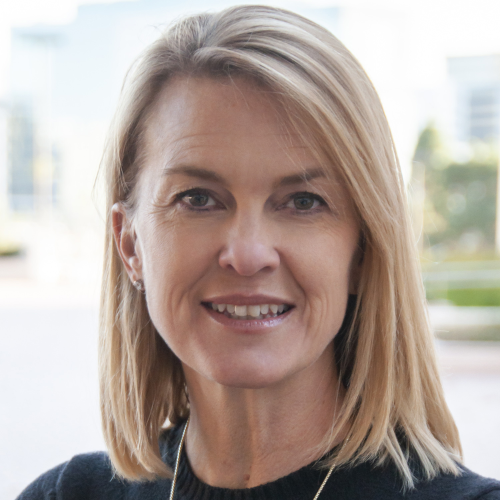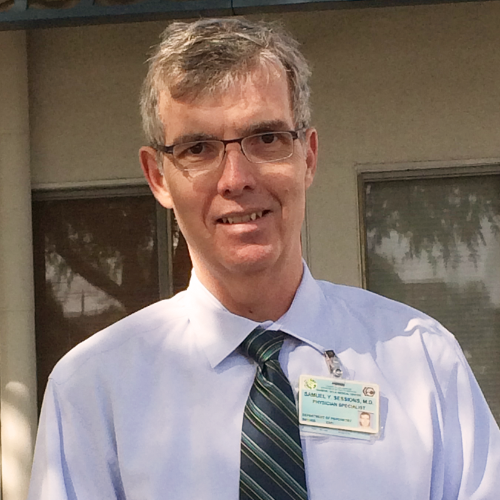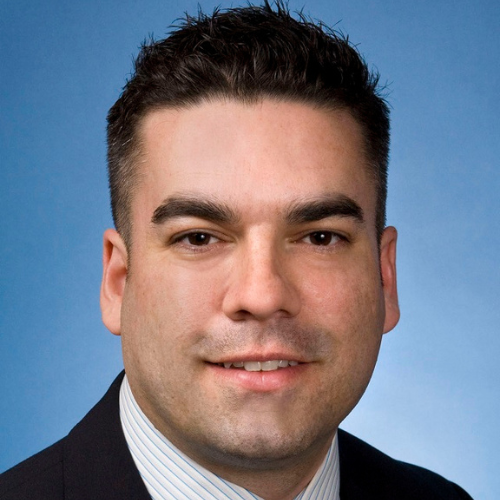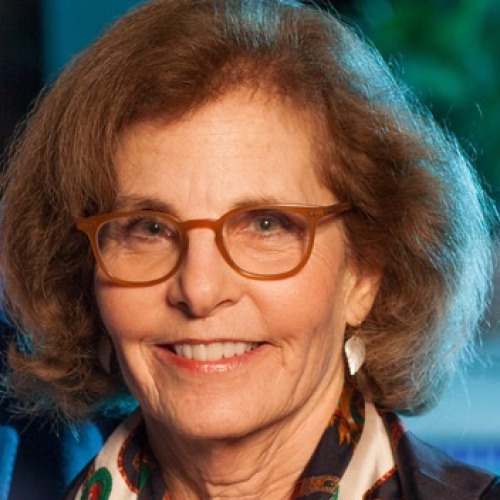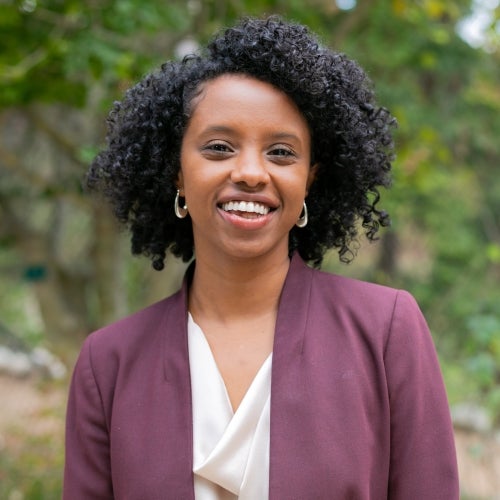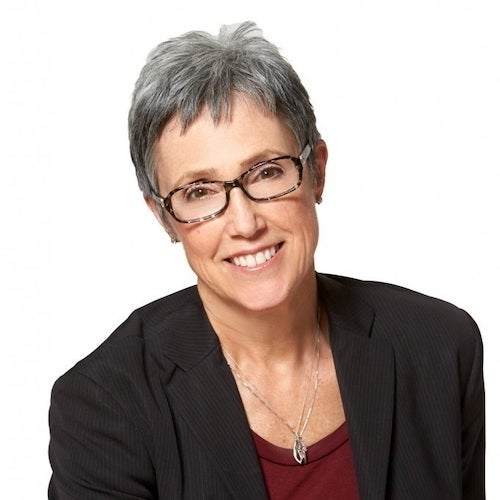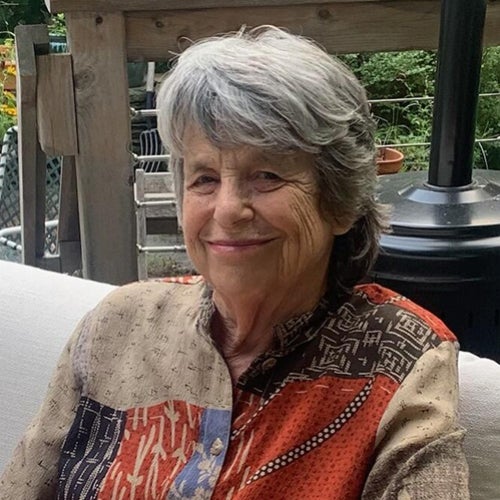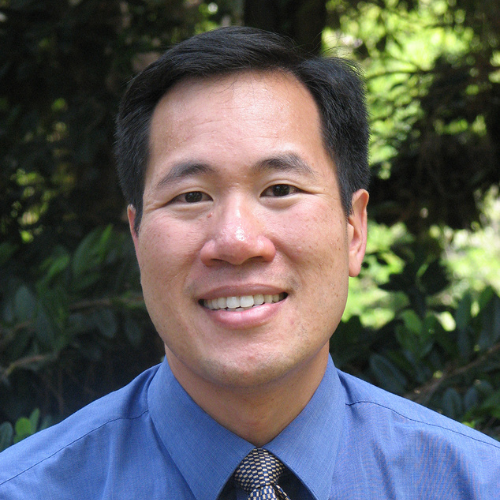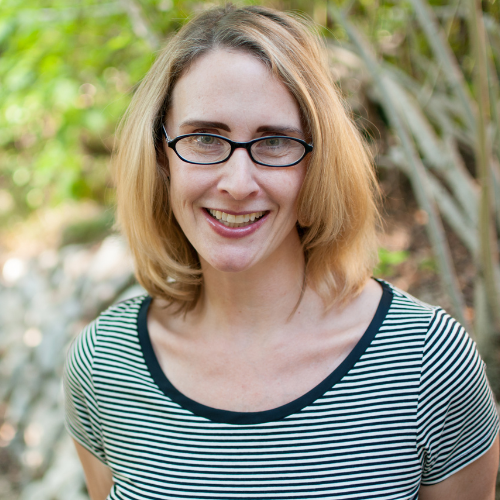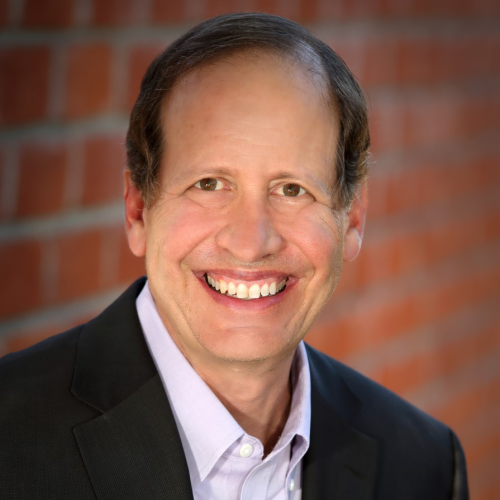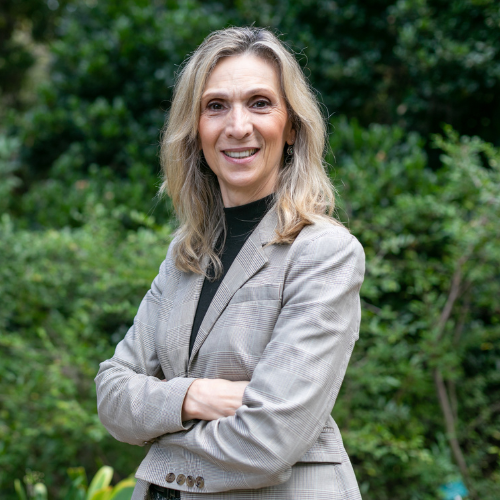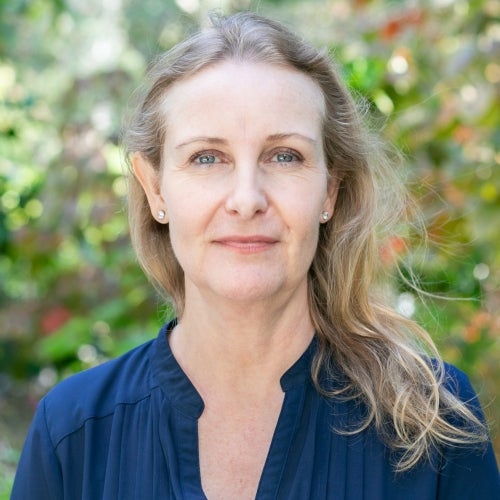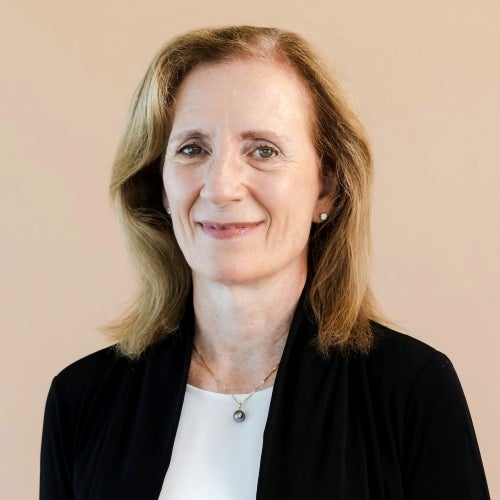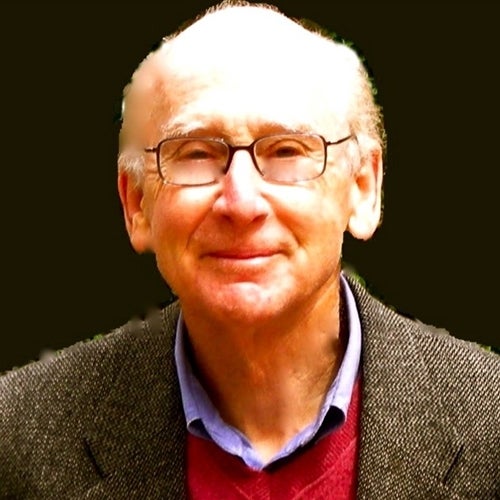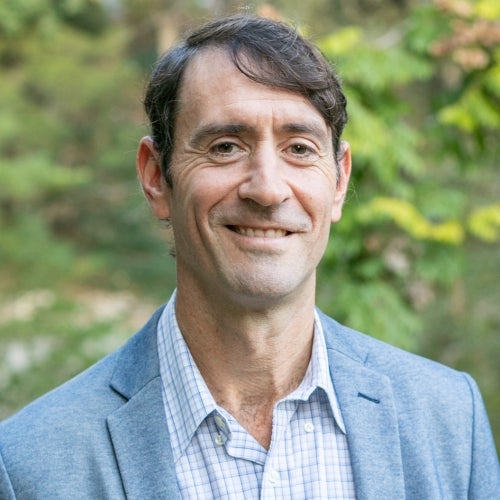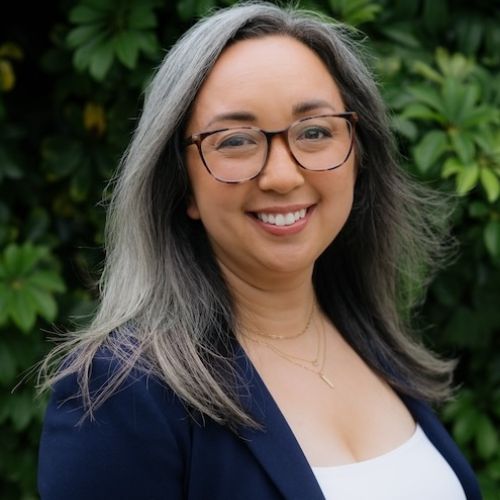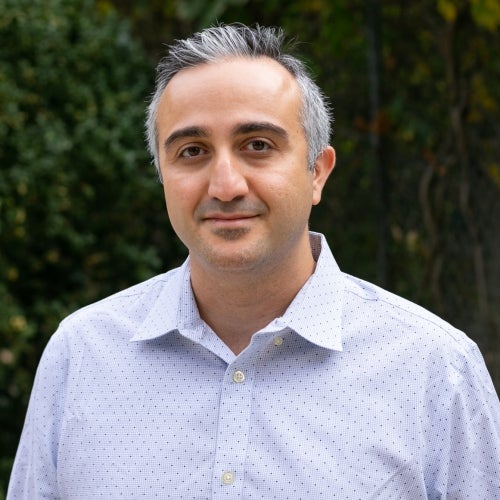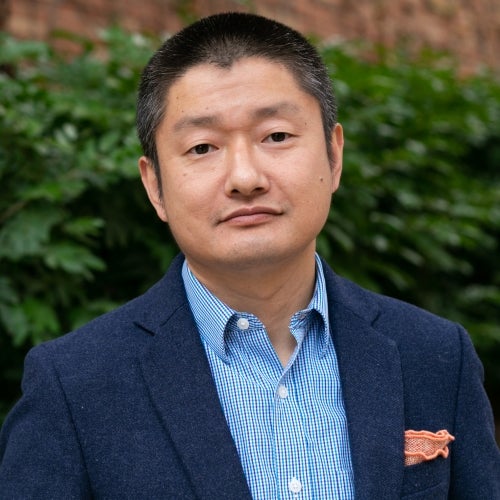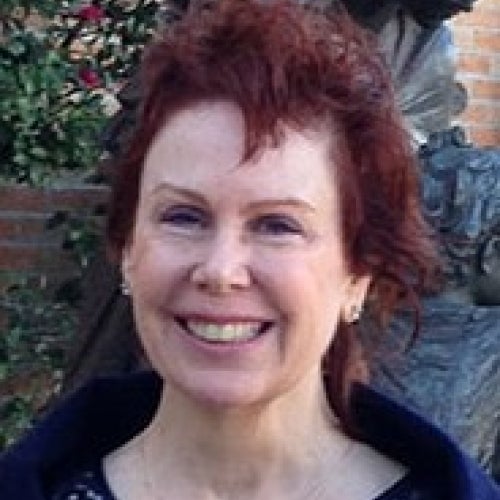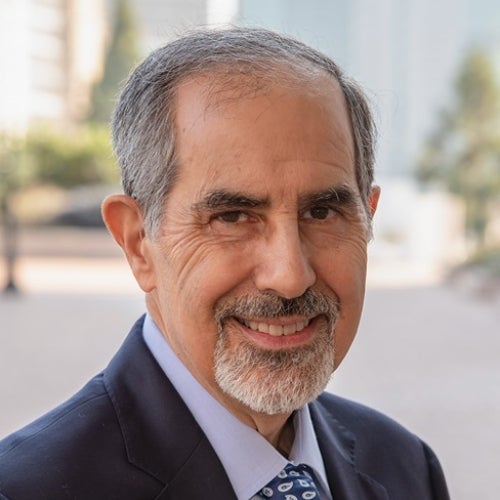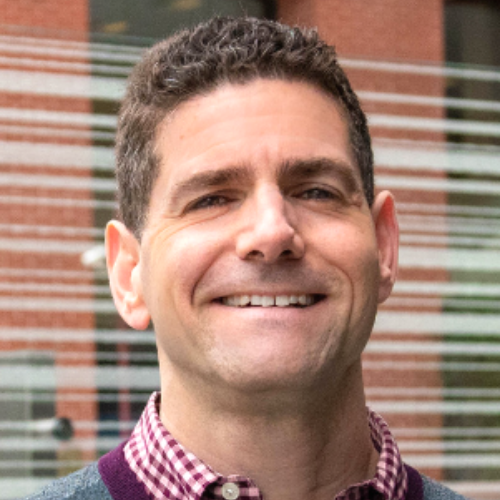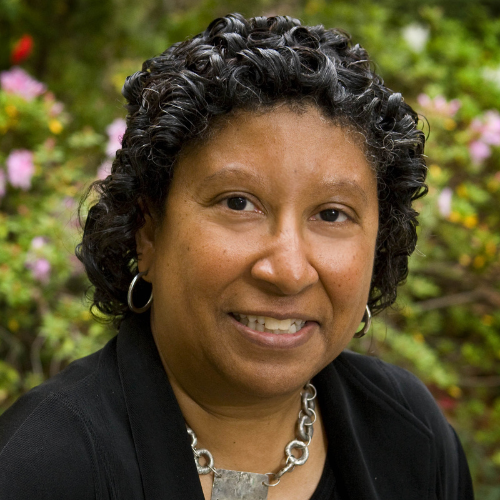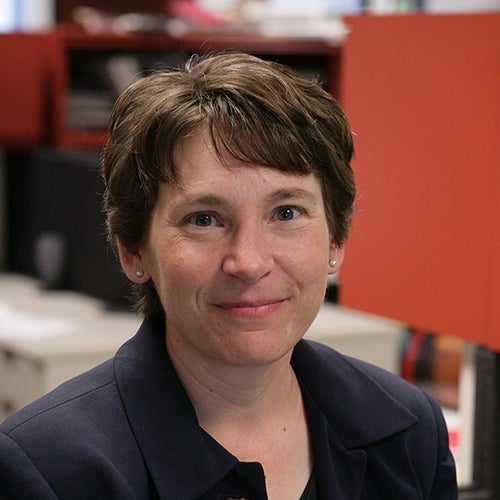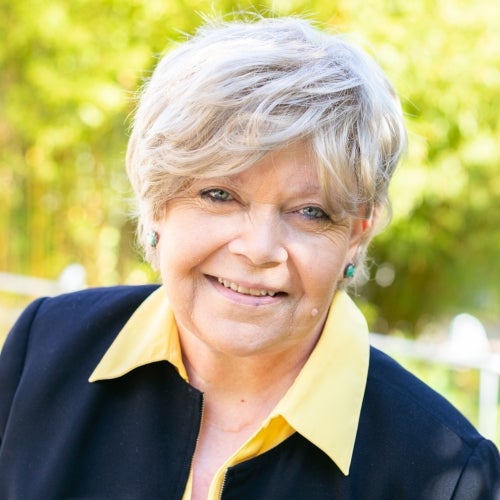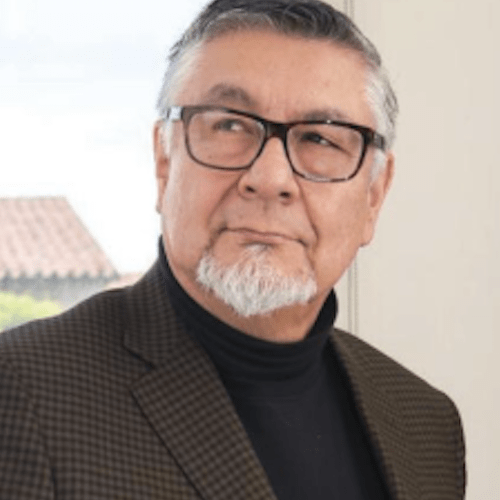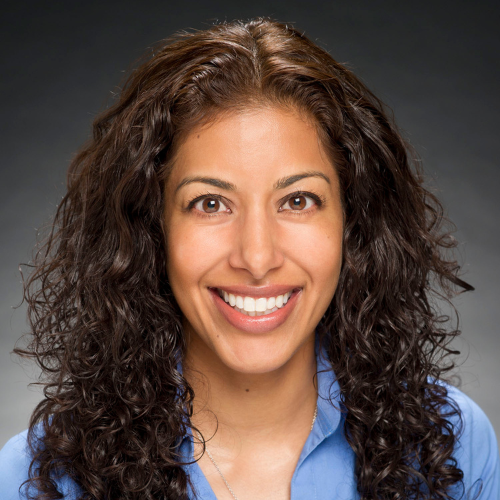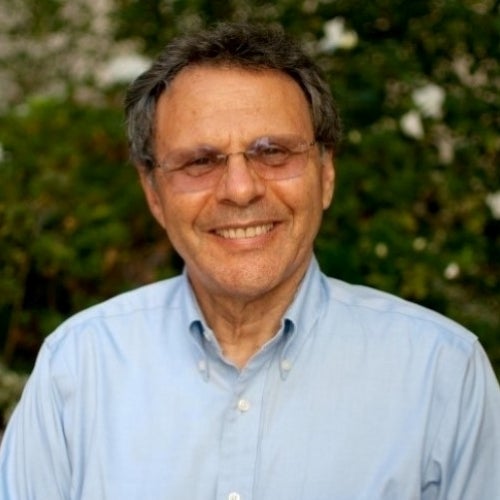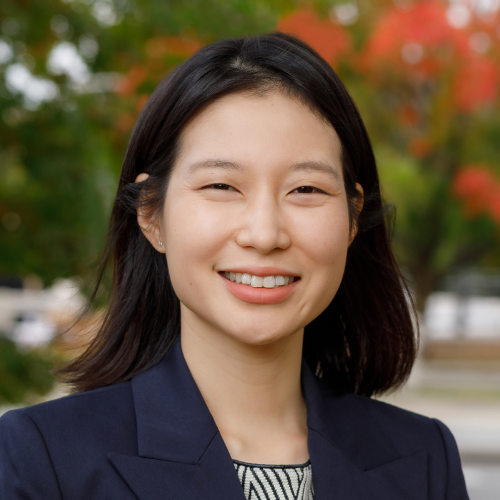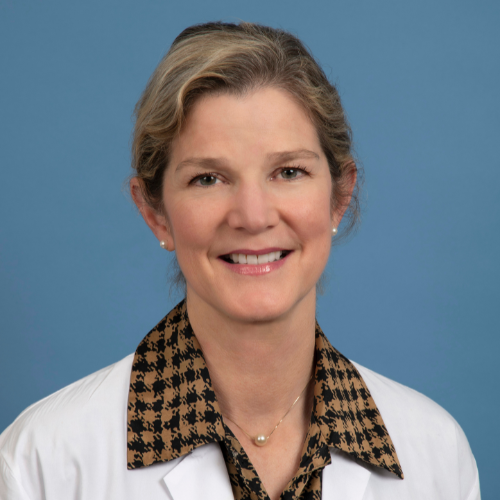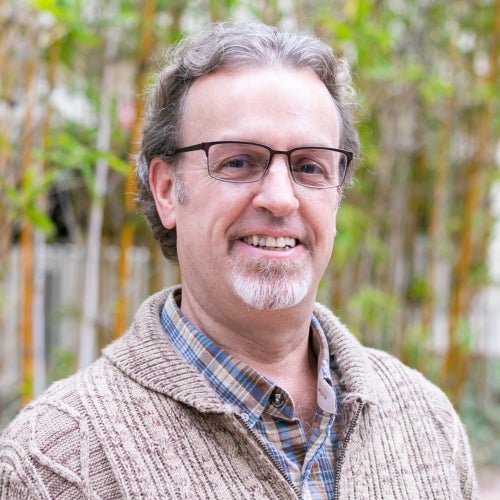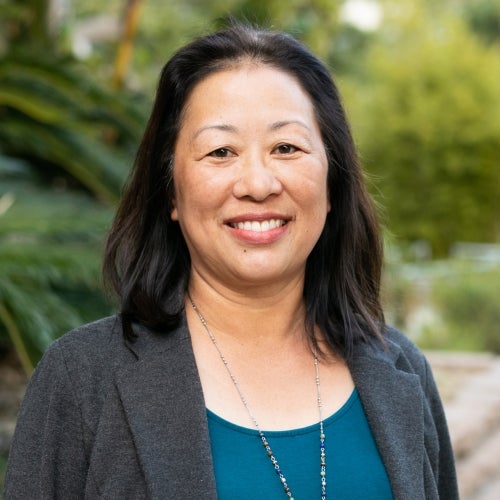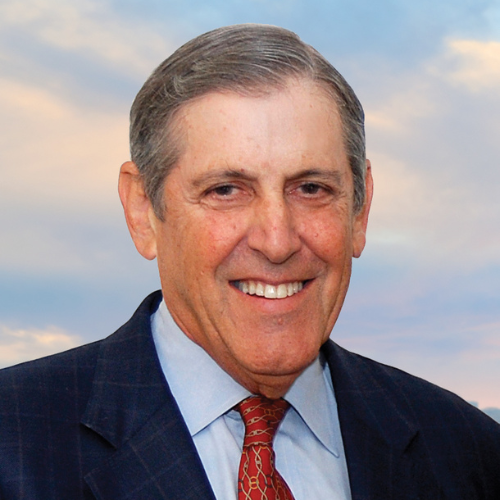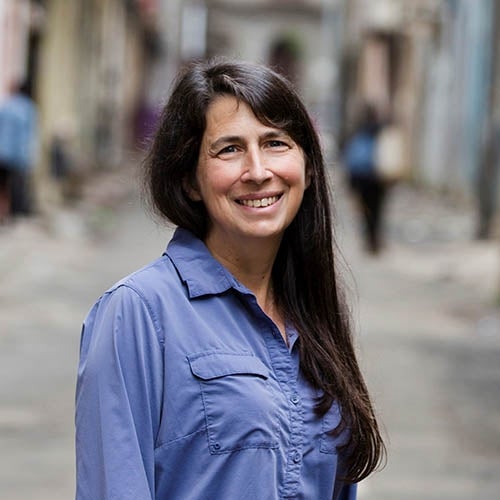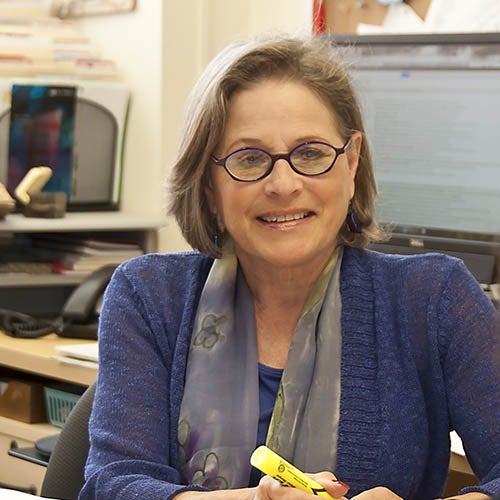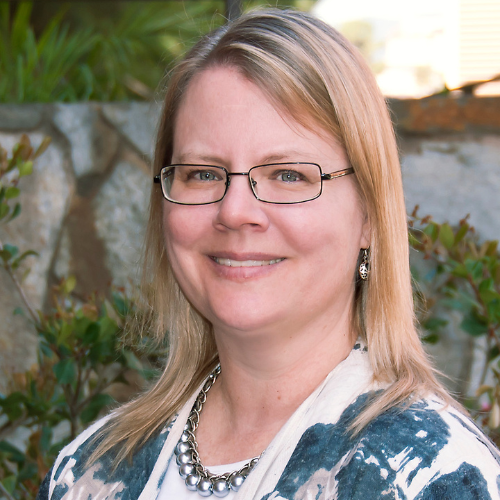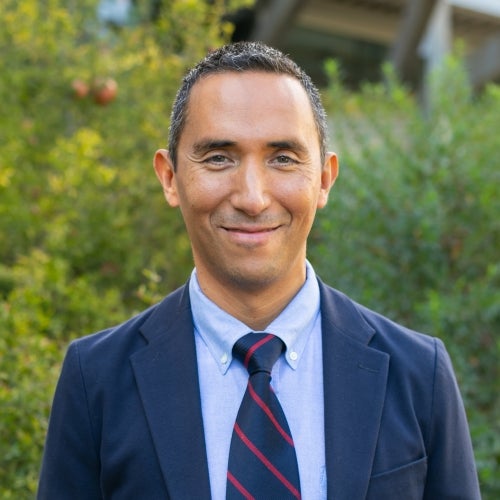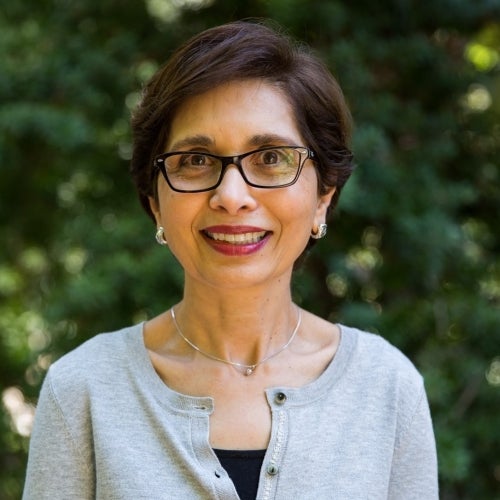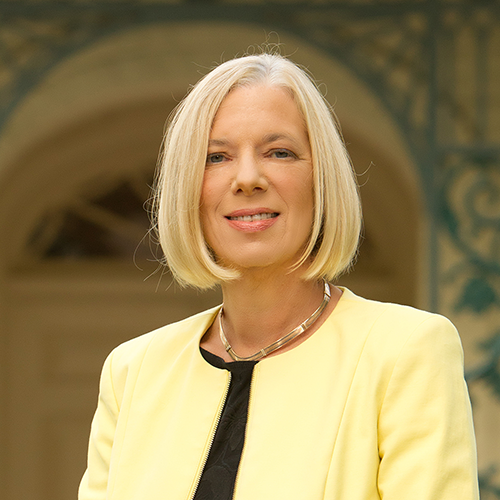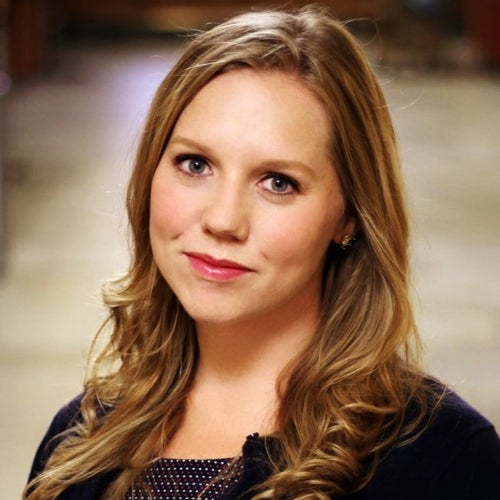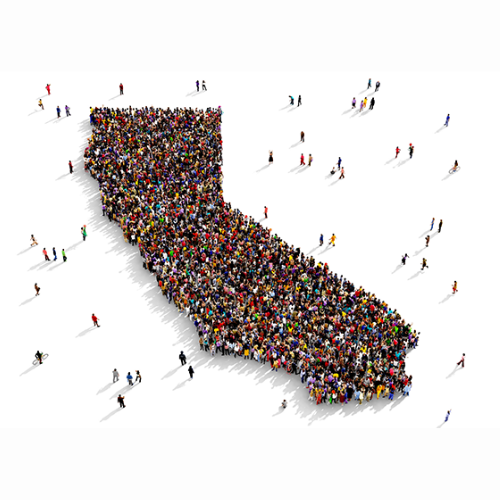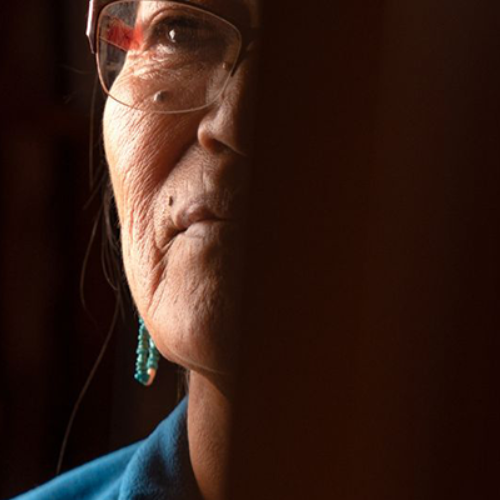UCLA CHPR releases updated California Health Interview Survey COVID-19 monthly estimates
The California Health Interview Survey (CHIS) released new COVID-19-related estimates from August 2020 and pooled county estimates.
The UCLA Fielding School of Public Health's UCLA Center for Health Policy Research’s (CHPR) has released the August 2020 COVID-19 Preliminary Estimates, which includes pooled data from May through August for individual counties and small county groups. These, conducted by CHPR's California Health Interview Survey (CHIS) under the leadership of Ninez Ponce, Fielding School professor of health policy and management, are the latest in a series of estimates looking at the personal and financial effects of the pandemic on Californians.
“Our data shows consistent rates of personal and financial difficulties among residents across the state related to factors such as paying rent or mortgage, reduced work hours or income, and experiences with interpersonal conflict from when we began collecting data in May 2020 through August 2020,” said Ponce, CHPR's director and the CHIS principal investigator. "The information that we have collected and will continue to obtain is crucial for various stakeholders to help the hardest-hit groups and populations, as well as offering actionable data to guide the efforts of organizations trying to help with the overall pandemic recovery."
The dashboard also includes data on respondents’ willingness to get the COVID-19 vaccine, as well as whether they received testing or treatment. Across California, the dashboard shows that 78.6% of residents are willing to get the vaccine.
“With the U.S. now seeing the first rollout of the vaccine, we feel that it’s important, especially as a public health research center, to assess the willingness of Californians to get vaccinated, as well as to look more closely at different geographic areas to identify disparities,” said Todd Hughes, CHIS director.
UCLA CHPR researchers emphasize that timely, effective, and lifesaving care may hinge upon accurate data determining gaps in treatment and care. Looking at differences in Californians’ perspectives on the vaccine, and whether they have been tested for or have received treatment for COVID-19 enables researchers, public health professionals, and decision-makers to find out who and how to assist during the pandemic, which has already had a devastating toll on California, now seeing daily infection rates climb drastically over the past few weeks. Previous versions of the data show striking disparities among at-risk groups and across racial and ethnic minorities.
The May through August pooled data show that the California counties with residents having the highest rates of willingness to get the COVID-19 vaccine are:
- San Francisco/San Mateo — 90.4%
- Marin/Sonoma/Napa — 88.8%
- Santa Clara — 87.6%
- Alameda — 86.0%
- Sierra Region — 83.9%
- Ventura/Santa Barbara/San Luis Obispo — 79.6%
- Los Angeles — 78.6%
Across racial and ethnic groups:
- Asians had high rates of willingness to get the vaccine — 88%
- Whites and multiracial residents also had high rates at 82.7% and 79.2%, respectively
- Latino and Black residents had lower rates of willingness at 72.5% and 58.1%, respectively
The work for these pooled sub-state level estimates was funded by the National Institutes of Health Community Engagement Alliance Against COVID-19 Disparities to be able to explore the data at the sub-state level and look for disparities.
The dashboard allows users to explore the data using a range of filters — including race and ethnicity, geographic region, income level relative to the federal poverty level, citizenship status, and whether or not respondents have health insurance — providing a more detailed picture of the effects of COVID-19 on certain segments of California’s population.
Written by Tiffany Lopes and Elaiza Torralba
The UCLA Fielding School of Public Health, founded in 1961, is dedicated to enhancing the public's health by conducting innovative research, training future leaders and health professionals from diverse backgrounds, translating research into policy and practice, and serving our local communities and the communities of the nation and the world. The school has 631 students from 26 nations engaged in carrying out the vision of building healthy futures in greater Los Angeles, California, the nation and the world.
Faculty Referenced by this Article

Dr. Ron Andersen is the Wasserman Professor Emeritus in the UCLA Departments of Health Policy and Management.
Nationally recognized health services researcher and sociomedical scientist with 25+ years' experience in effectiveness and implementation research.
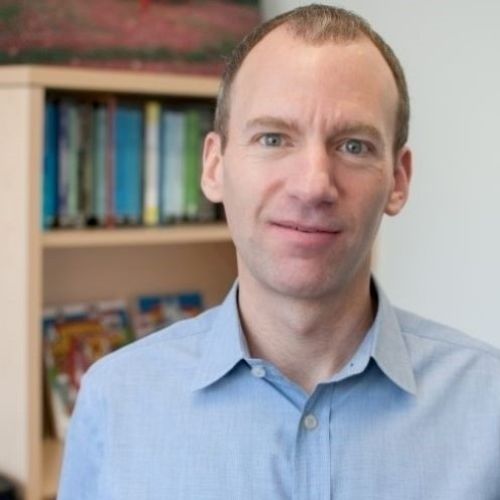
Professor of Community Health Sciences & Health Policy and Management, and Associate Dean for Research
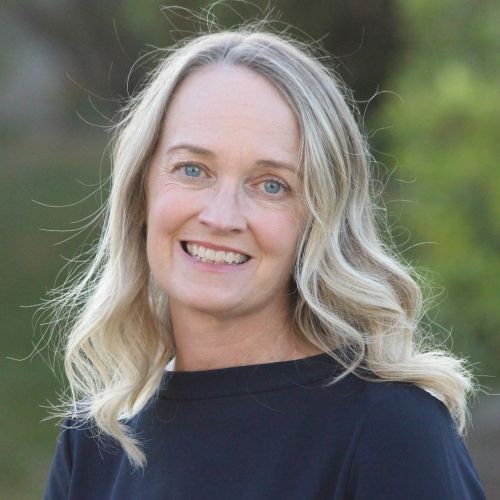
EMPH Academic Program Director with expertise in healthcare marketing, finance, and reproductive health policy, teaching in the EMPH, MPH, MHA program

Dr. Michelle S. Keller is a health services researcher whose research focuses on the use and prescribing of high-risk medications.

